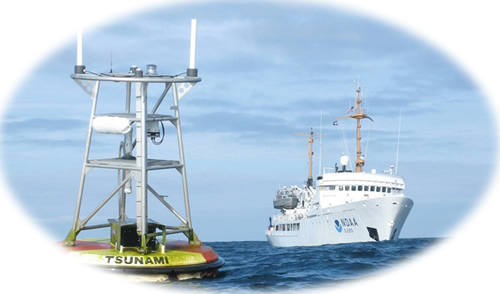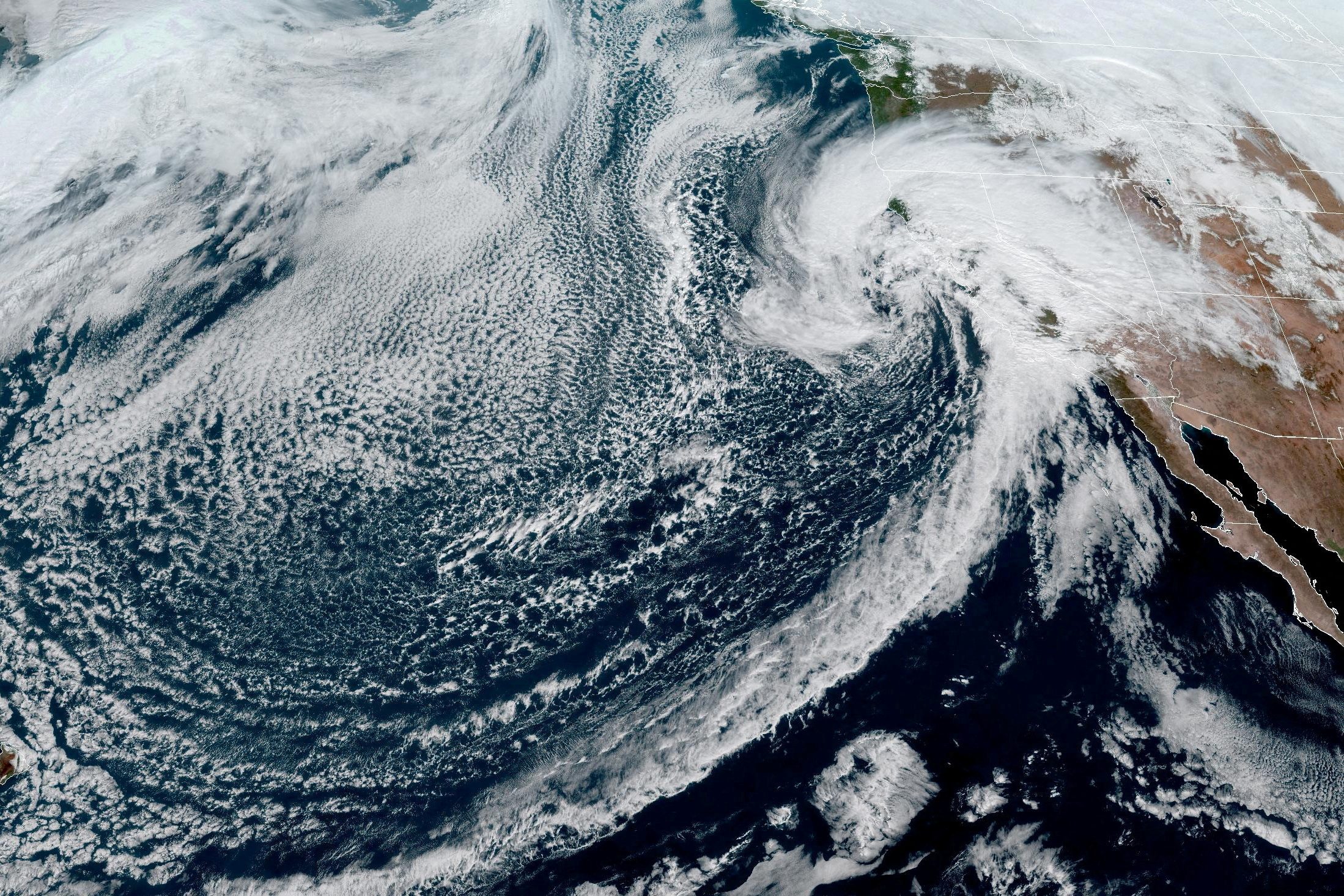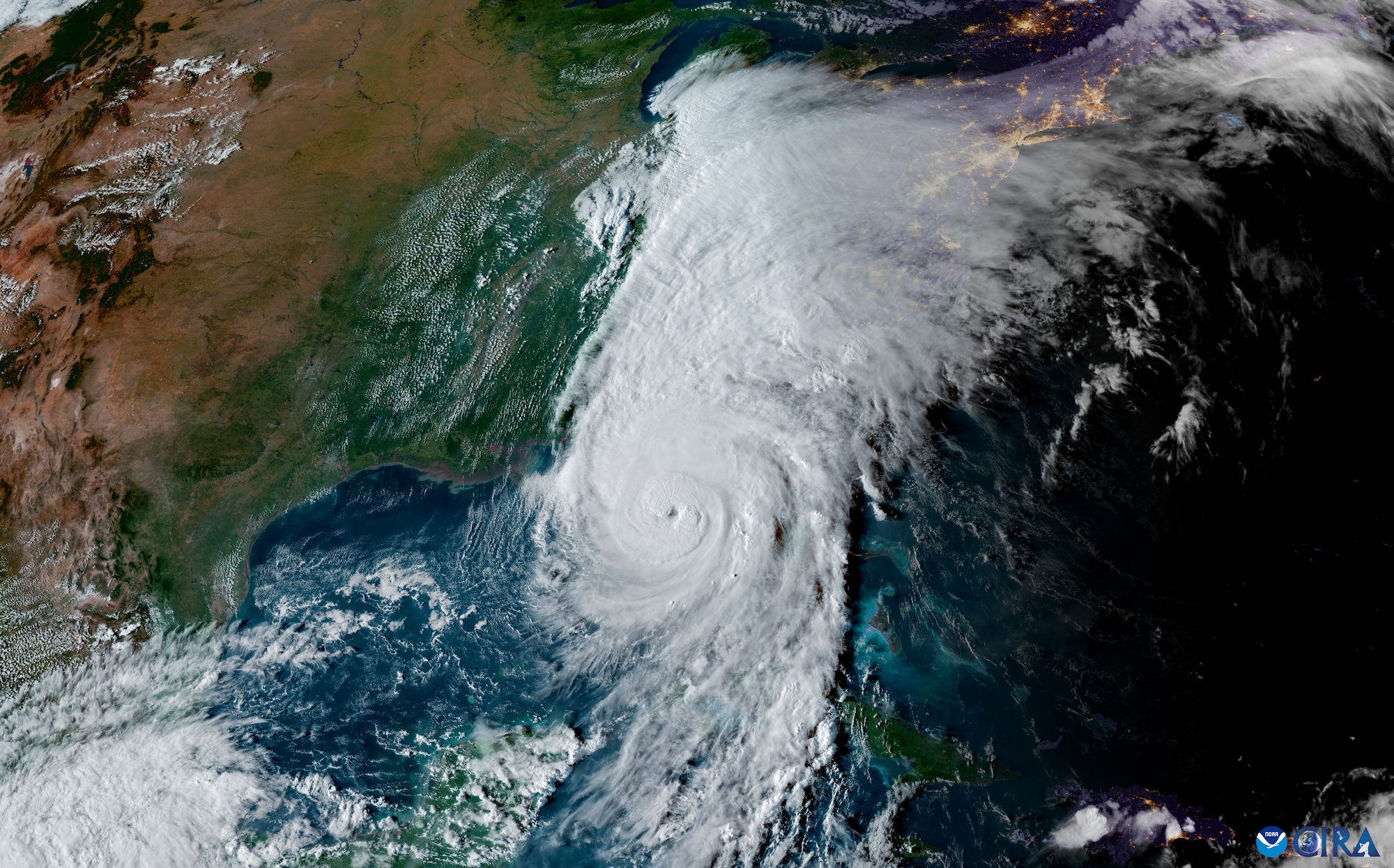
It was December 2004 and crew change was the day after Christmas so my relief was kind enough to give me the holiday and relieved me a few days early. This was lucky for him since we were crew changing out of Vishakaputnam, India right in the path of the most deadly Tsunami ever. On December 26th I was woken by concerned relatives and immediately called the ship, other than calculated current disturbances to the dynamic positioning system the tsunami passed right under the ship, unnoticed. The locals living on the shore line (100nm from the ship’s location) were not as lucky.
What was lacking in the Bay of Bengal that year was a modern Tusnami warning system so I was pleased to read Robin Storm‘s latest blog post on advancements that will help protect gCaptain HQ on the coast of California. He tells us:
NOAA’s National Data Buoy Center has successfully established four new tsunami stations in the northwest Pacific Ocean, east of Japan and Russia. The four Deep-ocean Assessment and Reporting of Tsunami, or DART stations, help provide additional detection and warning capability for Hawaii, Alaska and the West Coast of the United States. (Click NOAA image for a larger view of one of NOAA’s newly deployed Deep-ocean Assessment and Reporting of Tsunami, or DART stations. Click here for high resolution version. Please credit “NOAA.”)
 “The DART network is part of an ongoing effort to increase the U.S. tsunami warning capability,” said retired Navy Vice Adm. Conrad C. Lautenbacher, Ph.D., under secretary of commerce for oceans and atmosphere and NOAA administrator. “Our detection capabilities also feed into the Global Earth Observation System of Systems, which means our data are part of a shared network that benefits the global community.”
“The DART network is part of an ongoing effort to increase the U.S. tsunami warning capability,” said retired Navy Vice Adm. Conrad C. Lautenbacher, Ph.D., under secretary of commerce for oceans and atmosphere and NOAA administrator. “Our detection capabilities also feed into the Global Earth Observation System of Systems, which means our data are part of a shared network that benefits the global community.”
This deployment brings the total number in the U.S. DART network to 32 stations in the Pacific and Atlantic oceans, the Caribbean Sea and the Gulf of Mexico. When the network is completed in March 2008, NOAA will operate a total of 39 U.S. DART stations.
As waves travel across open waters, the DART stations provide real-time tsunami detection to forecasters at the NOAA tsunami warning centers.
Robin has much more information on the upgrade as well as some great links you can find HERE.
Tags:

 Join The Club
Join The Club












